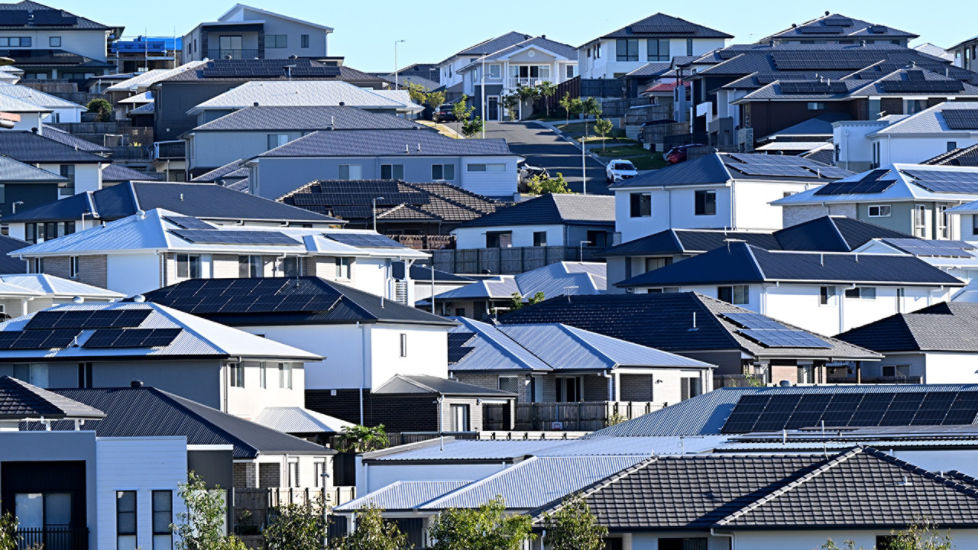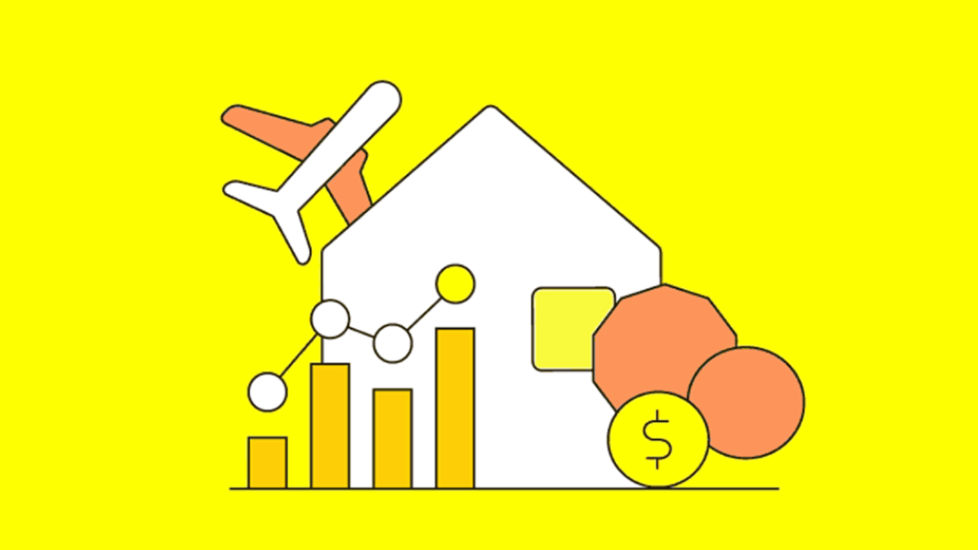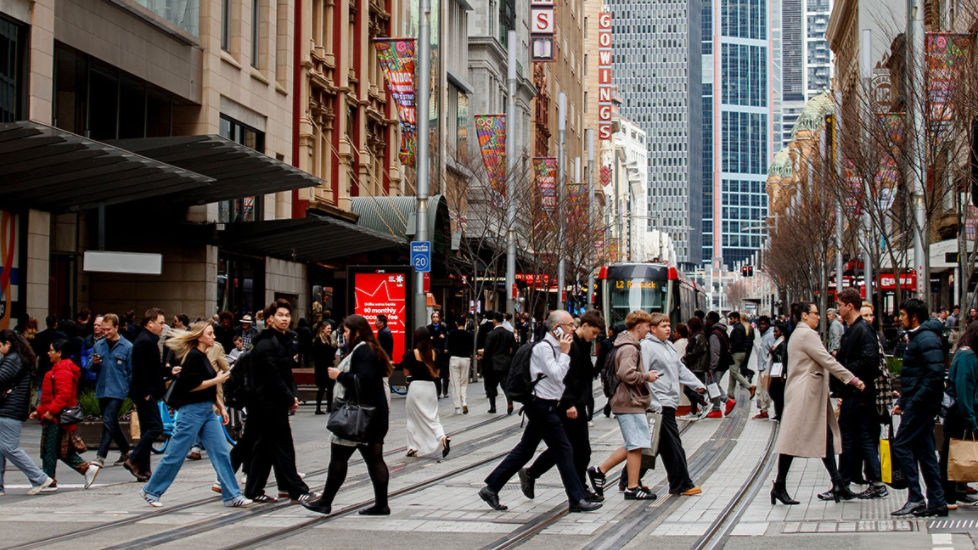Why was the inflation result so unexpected?
The September quarter Consumer Price Index (CPI) came in hotter than expected, surprising both the RBA and market economists. The RBA’s preferred measure, trimmed mean inflation - which strips out the most extreme price changes - rose 3 per cent over the year, well above its forecast of 2.6 per cent.
Economists had expected inflation to stay contained, based on earlier data and business surveys. But the surprise came from how widespread the price increases were — not just in one or two areas, but across most categories. Even measures designed to filter out short-term volatility showed a clear rise.
Is this just a temporary spike?
Not likely. While some price rises may fade quickly, the fact that so many categories saw increases suggests something deeper is going on. Prices accelerated in seven out of 11 major spending categories, slowed in two categories, and were unchanged in two categories.
“This pick-up in price growth is occurring against a backdrop of an improving economy,” said Trent Saunders, Senior Economist at CBA.
“The combination of broad-based inflation and a lower potential growth rate suggests underlying inflationary pressures are possibly building.”
What’s behind the stickier price rises?
CBA analysis shows that while short-term factors like fuel and travel costs played a role, more persistent price increases are also developing. These include housing costs, childcare fees and council rates, all areas where businesses are passing on higher operating costs.
What does this mean for interest rates?
CBA expects the RBA to keep rates on hold for now. But if inflation surprises again in the December quarter and unemployment stays low, rate hikes could be back on the table. The base case is for inflation to gradually ease to 2.5 per cent by mid-2027.





